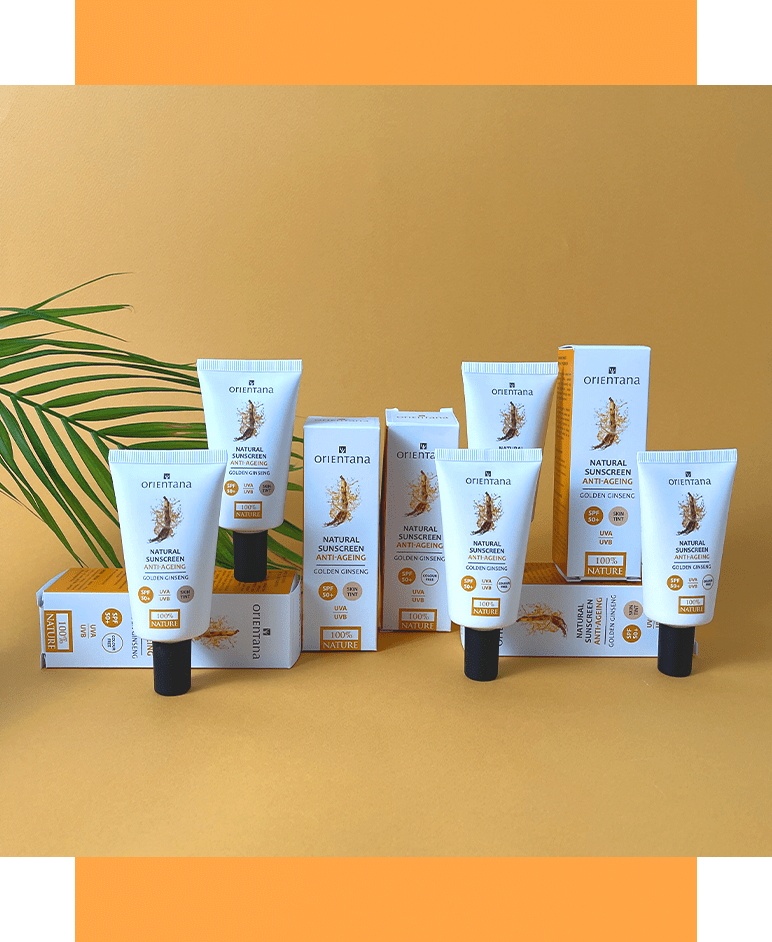Photoaging of the skin
Skin aging is a complex and inevitable biological process. Unfortunately, skin ages faster when exposed to sunlight – a process we call photoaging.
The skin is the largest organ in our body, it protects all other organs from the effects of environmental factors and maintains the balance between the human body and the environment (e.g. by regulating body temperature). It is a complex organ with many structures and cell types, divided into three layers: the epidermis, the dermis and the subcutaneous tissue.
The skin, as a protective barrier between the environment and internal organs, is exposed to factors that damage its cells every day - UV radiation, cigarette smoke, car exhaust fumes and stress. With age, the skin's natural regeneration processes slow down, it becomes thinner, less elastic and drier. How quickly the skin ages and what the visible effects are depends on, among other things:
- genes,
- environmental exposure - such as UV radiation, xenobiotics or exposure to mechanical injuries,
- hormonal changes,
- metabolic processes - generation of reactive chemical compounds or free radicals in skin cells.
All of the above factors together affect changes in its structure, function and appearance. However, it is the sun's and artificially generated (e.g. in a solarium) UV radiation that is undoubtedly the main factor responsible for skin aging.
Photoaging is the superimposition of photodamage on the skin that is already ageing, generally causing premature ageing. The skin becomes rough, the epidermis initially thickens (hyperplasia) and then thins (atrophy), laxity, sallowness with wrinkles, irregular discoloration, lentigines and telangiectasias appear. The pores of the skin are larger, with an increased tendency to form comedones. Changes also occur in the dermis – collagen degeneration results in wrinkles and furrows. There is an accumulation of thickened, tangled and degraded elastin fibers, blood vessels dilate. Due to the gradual loss of skin elasticity and its dehydration (increased dryness of the skin), expression wrinkles become more pronounced, fine wrinkles appear around the corners of the eyes and mouth.
Photoaging of the skin is not a sudden effect of one walk on the beach in full sun without UVR protection - it is the effect of long-term, bad habits and neglect. However, it is worth remembering that even one but intensive visit to the sun can result in skin burn and stroke.
Check out our new natural face creams and body lotion with ultra-high SPF 50+ protection now!






